This conversation originally aired in the March 16, 2025 episode of Inside Appalachia.
Almost everyone has heard of the Mothman — West Virginia’s best-known cryptid. But have you heard of Veggie Man?
That’s another West Virginia cryptid. And it helped inspire a zine project from the Frank and Jane Gabor West Virginia Folklife Center at Fairmont State University.
Inside Appalachia Producer Bill Lynch spoke with the center’s director, Lydia Warren, about the forthcoming publication, which is taking submissions.
Lynch: Talk about the zine. How did it get started? The idea of it?
Warren: Let me think. Where to start … I guess the genesis of this zine is that we started collaborating with the guys who run the Moth Boys podcast, sometime last year.
They wanted to have an event called “Veggie Man Day” at the Folk Life Center. And we were like, “we are happy to host that.” While we were at Veggie Man Day, they had booked all these amazing vendors, all these really cool West Virginia artists to do cryptid and other paranormal themed artwork.
So, there were vendors who had dolls made out of felt, that were little cryptid dolls. There were people doing amazing drawings of Mothman, and, obviously, Veggie Man because it was Veggie Man Day. And Judy Byers, her mentor had been Ruth Ann Musick, so Judy Byers was there. She’s the founding director of the Folk Life Center.
She pulled me aside, and she was like, “this cryptid thing is really, this is hot. This is a big deal.” And I’m like, “Yes, it sure is.” And she was like, “You should do the next edition of the journal traditions that the Folklife Center puts out.” She’s like, “You should do that and include this cryptid stuff or these artists in some way.”
And I was like, “You’re right, we should,” but making a journal takes a lot of time. It takes a lot of money. So, I kind of thought, yes, we’ll definitely do that, but I can’t do it right now. And then, shortly after, one of our work study students came to me and told me that she had seen the ghost of Ruth Ann Musick in the Folklife Center.
Now, Ruth Ann Musick had lived in the Folklife Center when she was teaching at Fairmont State, and she actually died in the building. So, it’s not totally unheard of that someone would see Ruth Ann Musick in the building, but I’d never had a staff member see her. And then after that, my worker, Haley Harvey, was like, “You know, we’ve been kind of fiddling around with doing zines. Why don’t we do a zine and put Melody’s story about Ruth and music in it?”
And then I thought, well, that’s the idea. We can incorporate all of this. We can do the Ruth Ann Musick thing where we are collecting local stories that are paranormal. We can have local artists illustrate it, and we can give it out for free, if we can get a grant to do it.
I asked the Moth Boys if they wanted to collaborate on it. So, I thought a collaboration would really be perfect. They’re kind of tuned in to a different scene than a university is tuned into.
So, I asked them if they wanted to collaborate on it. And I was like, “I’ll write a grant to get a little money so that we can give this out for free.”
And they were like, “Yes. Do it. Whatever it takes.”
Lynch: Cryptids are hot, right? The whole cryptid thing is hot. Why? Things have really been kind of very pro Mothman, pro Sasquatch. I mean, the only one who doesn’t seem to be having, I would say, a renaissance is the Loch Ness Monster. Why are cryptids so big?
Warren: I think a lot of people are kind of thinking about that throughout Appalachia, but I know that one of the reasons they’re really big is because of different West Virginia locations, and West Virginia cryptids being featured in the Fallout video game.
That’s a big one, and like “Mountain Monsters” and the TV shows and different media has really, over the last 10 years, honed in on this stuff. I think that it’s something that really allows people to build community.
A lot of things are politicized now, and a lot of things are divisive, and a lot of things always have been, but it feels really intense over the last, I don’t know, 10 years. So, cryptids and paranormal stuff, it’s almost like a safe topic, because no one’s going to present you with information that you’re then going to have to fight or be defensive about. If you believe that Mothman is real, a lot of people will agree with you, from every side of the political spectrum, from every side of the social and socio economic spectrum.
So, I think it’s like a thing we can come together and enjoy. It’s also copyright free, which is one of the reasons that it’s in video games, and one of the reasons that it’s in TV shows. Like, you can’t take Batman or other public figures, Hello Kitty, you can’t do whatever you want with them. You can’t do whatever you want with Barbie, but you can do whatever you want with Veggie Man. So Veggie Man and all these other cryptids become this like cultural touchstone. You could write a fan fiction about Mothman or Nessie, if you wanted to. Yeah, I think it’s also kind of like the last bastion of American weird, you know what I mean?
When I was a little kid, I grew up in Massachusetts, and I was really into shipwrecks. And I feel like that’s another thing that’s like American weird. It’s like, you could go and see it, and you’re like, this is this is kind of crazy, or is anyone else into this? And I feel like cryptids are a thing that’s like, one of the last things that hasn’t been dispelled or disproven, or whatever. It’s OK to believe in, like, enjoy, say you’ve seen and looked for cryptids.
Lynch: What is Veggie Man?
Warren: Veggie Man is a cryptid that was spotted, I believe, in 1968, around the ’60s in Marion County. He was only seen once, and he came to a gentleman. I believe it was out in the woods. He was hurt and bleeding and looked very vegetable-ish.
And this guy who saw him was sort of scared. He’d had some UFO encounters before, and he wasn’t comfortable going to the police about it. So, he told Gray Barker. And Gray Barker is a famous ufologist.
So, Gray Barker kind of broke the Veggie Man tale in one of his publications. But since there was only one sighting, it wasn’t picked up and run with, and there wasn’t like a tragedy, or people trying to suppress the information. It was just like this guy saw it, and he calmly told Gray Barker and the Moths Boys are how I found out about Veggie Man. They were like, “This is our cryptid, like this region of West Virginia, this is our cryptid. We want to do something to celebrate him and all the paranormal stuff that happens here that’s maybe overshadowed by other paranormal stuff.”
So, that’s the Veggie Man deal.
Lynch: Expectations for this and getting the word out: How many pieces are you hoping to acquire for this publication, for your zine?
Warren: We’re not sure how many submissions we’re going to get, and I thought maybe no one will be interested, but we’ve already gotten quite a few.
So, we’re just hoping to maybe have 20 or so stories. One of our goals is that we want to have at least five counties represented in the zine. I would love to have 55 counties, but I don’t think we have enough money to pay for that much ink. Yeah, we’re hoping to have at least five counties represented by ghost tales, cryptic tales, paranormal tales or whatever.
We are taking submissions until March 25 and then we’re going to start selecting stories and doing things like editing typos or things and work with our illustrators.
We’re hoping to launch the zine at the next Veggie Man Day, so we’ll have copies of it for free. And then we’re also going to give copies to local libraries. So, if people don’t get a copy, or if they’re not anywhere near the Folklife Center, hopefully they can just pop into their local library in McDowell County or wherever and see other people’s scary stories.
We’ve gotten a lot of people asking if they can submit fiction and creative writing, and I didn’t expect that to be a thing people would want to do. So, we’re thinking that maybe towards the end of the year, we’ll do like another zine that’s not true stories, because this one, we’re trying to focus on things that people believe really happened to them or around them. We’re thinking maybe a version two could be a fiction one.
So, if it’s really popular, which it already seems to be, we’re going to try to keep it going. We like the zine thing.
——
The Frank and Jane Gabor West Virginia Folklife Center is accepting submissions for the “Traditions” zine project at wvfolklife@fairmontstate.edu until March 25.












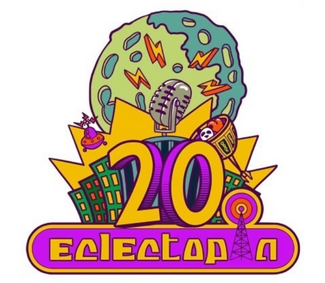
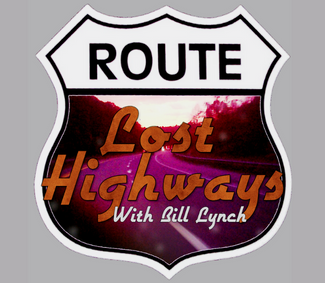


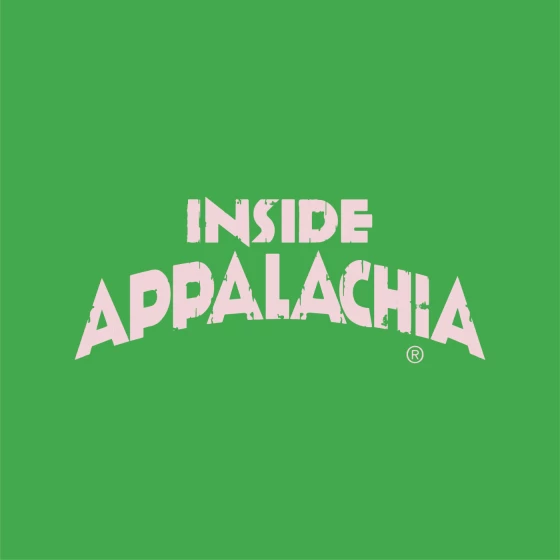


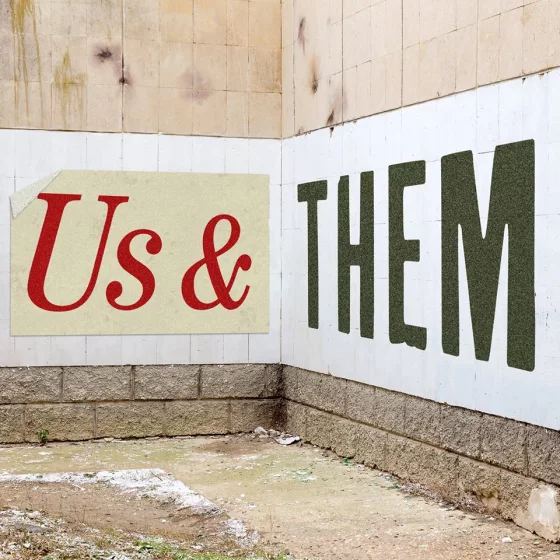


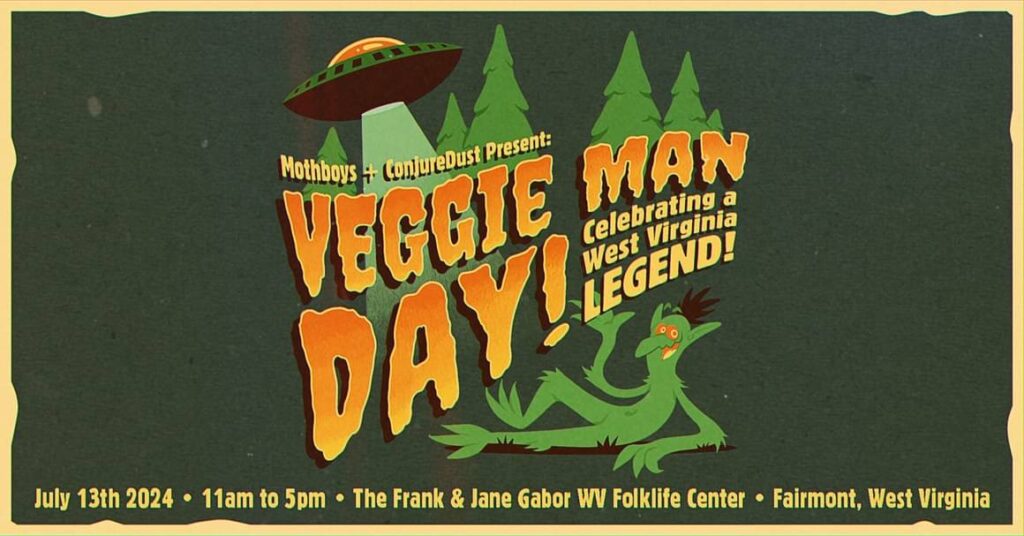 Courtesy of Moth Boys and ConjureDust Designs
Courtesy of Moth Boys and ConjureDust Designs
